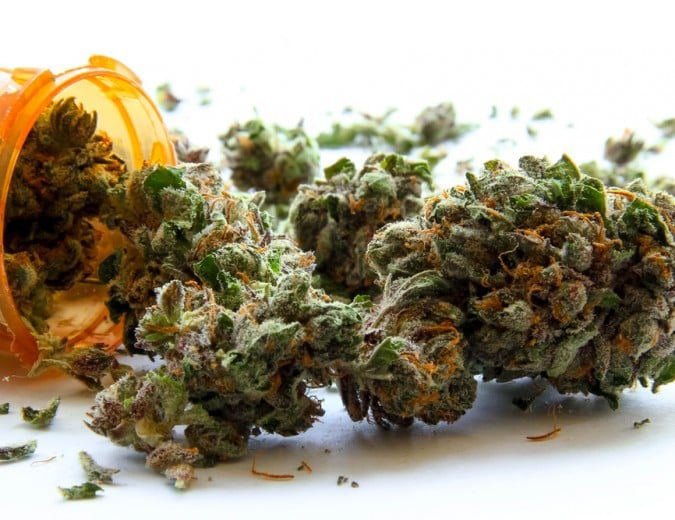Respondents most often reported using cannabis therapeutically to treat symptoms of chronic pain, muscle spasms, nausea, anxiety, arthritis, depression, headaches, insomnia, and stress. Patients typically said that cannabis provided “a lot of relief” or “almost complete relief” of their symptoms and that its efficacy was greater than that of more conventional medications.
Patients also reported reducing their use of pharmaceuticals. Over 70 percent of respondents reported using other medications “a little less frequently” or “much less frequently” for 24 of the 42 conditions specified. Over 90 percent of those who reported consuming cannabis to mitigate symptoms of nausea, headache, muscle spasms, fibromyalgia, bowel distress, and chronic pain acknowledged using pharmaceuticals less frequently once they had initiated cannabis therapy.
Previously published survey data of medical cannabis patients similarly reportsubjects’ willingness to substitute cannabis for prescription drugs, particularly opioids.
A study published in July by the National Bureau of Economic Research, a non-partisan think-tank, reported, “tates permitting medical marijuana dispensaries experience a relative decrease in both opioid addictions and opioid overdose deaths compared to states that do not.” Data published in 2014 in the Journal of the American Medical Association (JAMA) Internal Medicine similarly reported, “States with medical cannabis laws had a 24.8 percent lower mean annual opioid overdose mortality rate compared with states without medical cannabis laws.”
Full text of the study, “Medical cannabis in Arizona: Patient characteristics, perceptions, and impressions of medical cannabis legalization,” appears in the Journal of Psychoactive Drugs.
Paul Armentano is the Deputy Director of NORML, an organization that advocates for legalization and the responsible use of marijuana.
